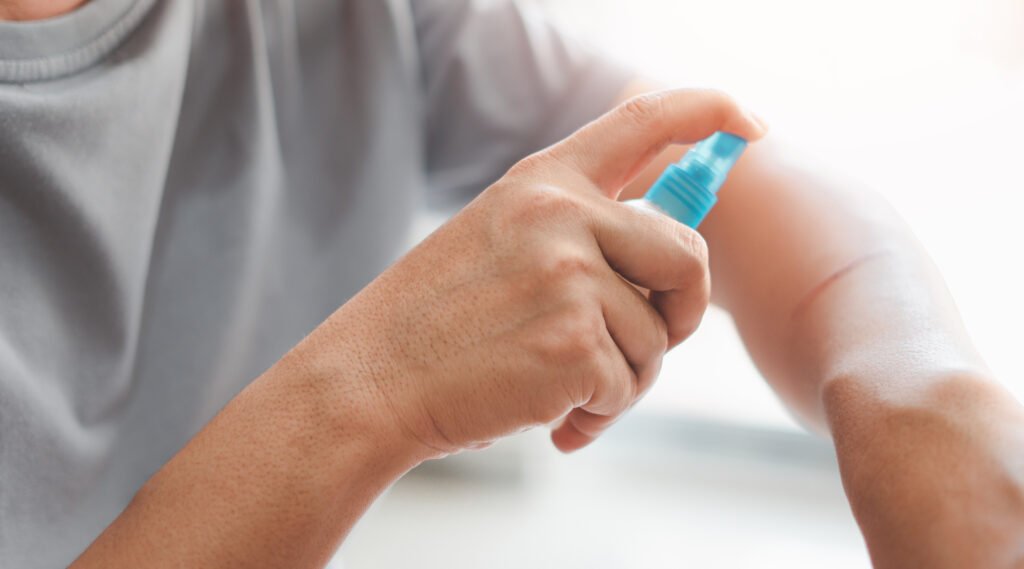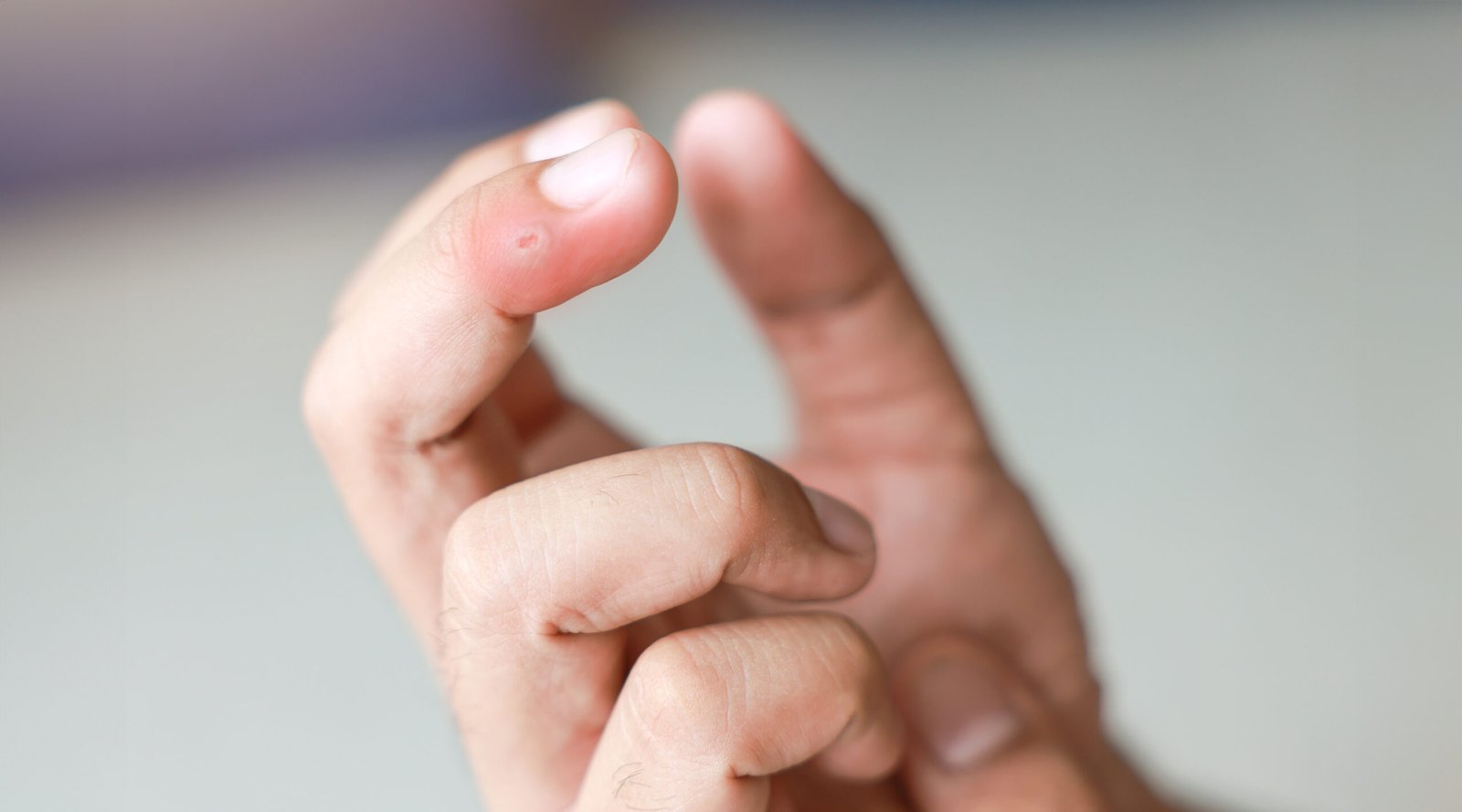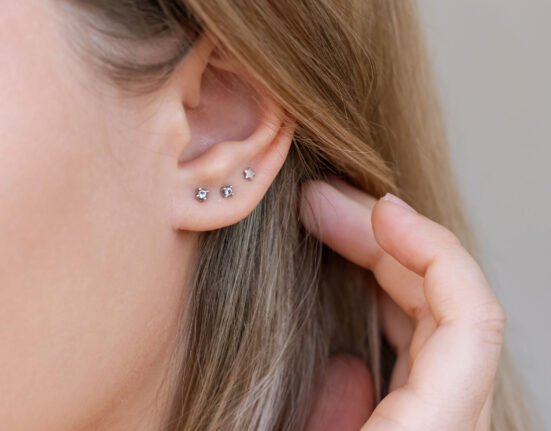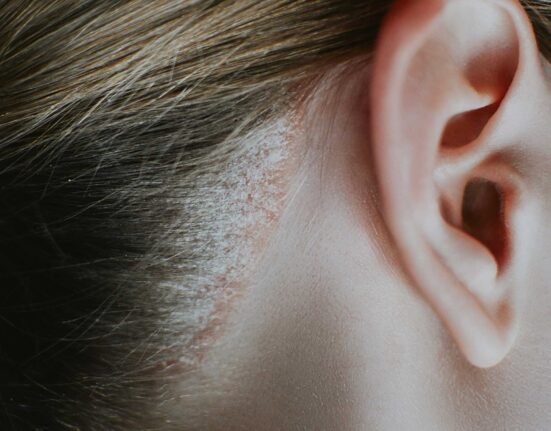Every wound has its own story. How you respond to it can determine how that story ends.
Small wounds, such as scratches or blisters, may seem harmless. But if you have diabetes, blood vessel problems, or a weakened immune system, even the tiniest wound can be the beginning of a serious problem.
If left untreated, a wound can quickly worsen. The infection may spread deeper, the surrounding tissue can start to die, and in severe cases, it may affect mobility or even lead to limb loss.
The main issue isn’t just about treatment. It’s about timing. A wound that hasn’t healed for more than four weeks, or shows signs such as swelling, discharge, or darkened edges, is your body’s way of saying it needs help.
A chronic wound isn’t just slow to heal. It’s a sign that something is wrong with your body’s healing system.
And this is no small matter: your quality of life, ability to move, and even your life itself can be at risk if the wound isn’t treated promptly and correctly.
For minor wounds like scrapes, paper cuts, or small post-surgical wounds, cleaning, covering with a bandage, and resuming your activities is usually enough.
But what if the wound just doesn’t heal? Weeks go by, but it’s still red, swollen, painful, or starting to ooze fluid?
That’s no longer a simple wound. It’s a warning sign. This could indicate infection, tissue damage, or a risk of more serious complications. Stubborn scars, spreading wounds, and in extreme cases—amputation—can happen.
So, don’t underestimate it. If you have a wound that won’t heal, get it checked and treated right away. A wound may be small, but its impact can be huge.
What Can Happen When a Wound Becomes Chronic?
A chronic wound is more than just a “slow-healing wound.” It can lead to serious complications, such as:
Infection
Open wounds are easily invaded by bacteria, which can cause local infections like cellulitis or abscesses, and even life-threatening conditions like sepsis.
Tissue death (necrosis)
Wounds that don’t receive enough oxygen can lead to surrounding tissue death, resulting in ulcers or even gangrene.
Healing that stops
Chronic wounds often stall in the inflammatory phase, delaying recovery for weeks or even months.
Permanent damage
If the wound affects joints or tendons, it can cause lasting limitations in movement.
Amputation
This is the most severe outcome. Chronic wounds are one of the leading causes of amputation in people with diabetes.
When Should You Be Concerned?
If your wound hasn’t closed after four weeks, it’s already considered chronic. But don’t wait that long. Be alert to these warning signs of chronic wounds or infection:
- Increasing pain with redness or swelling
- Warmth around the wound
- Yellow or green discharge, sometimes with a foul odor
- Fever or chills (may indicate spreading infection)
- Dark or black wound edges (a sign of dead tissue)
Proper Care Can Prevent Complications

To prevent a wound from becoming chronic, it’s important to keep it clean, moist (but not wet), and protected.
This is where products like wund+™ Wound Spray can help. Its formula contains hypochlorous acid (HOCl), which is safe and effective for cleaning wounds of dirt and bacteria without irritating the surrounding skin.
It’s suitable for both chronic and acute wounds, including diabetic wounds, scrapes, and minor burns.
Don’t wait until it’s too late. A small wound today can become a big problem tomorrow if ignored.
If you or someone you know has a wound that’s not improving, seek medical help immediately and choose proven, effective wound care products.
References
National Library of Medicine. Accessed in 2025. Chronic Wound Healing: A Review of Current Management and Treatments.
OWC. Accessed in 2025. The Dangers of Untreated Wounds.














Leave feedback about this